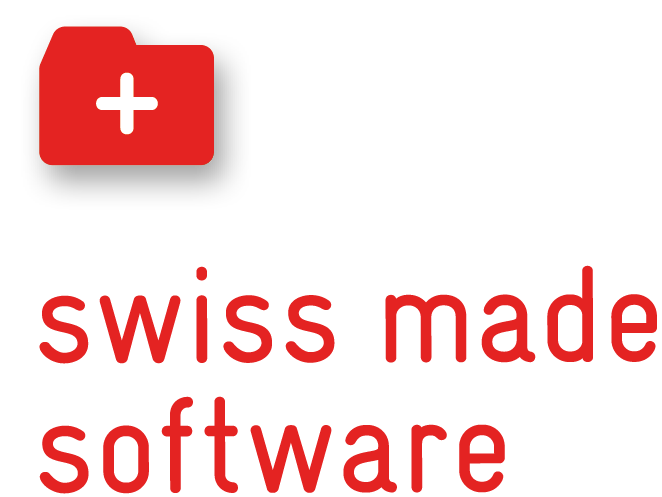We take a look at the most recent reports about the Alternative Lending scene, and more specifically the Digital- or Marketplace Lending sector, to garner a better understanding of what the future may bring. How has the Corona crisis affected the market? Who has gained, and who lost the most? What opportunities come with these developments?
With the onset of the Corona crisis in Europe now more than a year behind us, it is fair to say that this period has been elemental for the digital lending market. The area of alternative lending which had shown great growth over the previous years, was subject to a fundamental stress test by the events of the past year. How would this affect lenders, loan originators and investors?
As the year progresses, more and more data is trickling in that allows us to evaluate the most recent developments. The last weeks have seen the release of two major reports for the alternative lending scene. Notably the “State of the market report” by AltFi and the “2nd Global Alternative Finance Market Benchmarking Report” by the Cambridge Centre for Alternative Finance of Cambridge University.
On a global scale, the alternative finance market decreased considerably by 42%. However, this figure is deceptive, as it reflects mostly the developments in CPR that were already felt in the previous years. A regulatory crackdown by the Chinese government meant that this market, which at one point accounted for the lion's share globally, has further decreased. Alternative lending in China is essentially non-existent, with the already massively reduced volume which by 2019 still accounted for 48% globally, shrinking to 1% of the global volume by 2020. A different picture however presents itself if the Chinese Market is excluded. In this case, the alternative lending market has shown consistent growth over the past years, with a growth of 3% in 2019 and 24% year-on-year in 2020, bringing the total market volume to $113 billion [1].

A most notable increase in lending took place in the area of MSME (Micro, Small and Medium-sized Enterprises) lending. The 13% increase in 2019 to a volume of $35 Billion (excluding China) was dwarfed by the 51% year-on-year increase to $53 Billion in 2020. This brought the share of MSME lending from 38% of the total volume in 2019 to a whopping 47% in 2020 [1]. This development has certainly been driven by the Covid related loans given out in 2020 by many lenders. The recent crisis has driven digitalization and efficiency in the classic banking sector, but also posed an opportunity for digital lenders which were uniquely equipped to handle the posed challenges [2].
Interestingly the overall lending volume in Europe decreased by 2.6% from $23.2 billion to $22.6 billion in 2020 despite the increase in MSME lending. This should not come as a surprise, as inversely to businesses which needed loans in times of crisis, consumer sentiment declined substantially, leading to a notable decrease in lending in this sector.
A development taking place mainly in the US and Canada has been the increase and shift to on-balance sheet lending. The volume in this area of lending recorded the second-highest transaction volumes for the last two years behind P2P/Marketplace lending. The development was supported by the fact that 16% of firms that had previously only featured a P2P/Marketplace model are now also involved in balance sheet lending. [1]
A further interesting development was the increase in market consolidation in P2P/Marketplace lending when analyzed through the Herfindahl-Hirschman Index (HHI). According to the Global Alternative Finance Market Benchmarking Report, this is due to a few main players on the market strongly increasing their market share. No conclusion on consolidation could be made at this point [1] due to the global nature of the research where the data should be analyzed region specific, and furthermore, this should not be seen as a sign of market maturity.
It could however be speculated whether this is an indicator of a certain level of normalization coming to an area that has experienced explosive growth over the previous years. We also feel that, with the sector gaining in importance, the level at which marketplaces offer their services will have to meet greater scrutiny, with investors (retail and institutional) having a broader choice. This should in theory only strengthen the sector. With these developments, FinTech lenders are also embracing regulation to reassure clients with transparency and safety [2]. This has had the consequence of bringing more institutional investors to the sector, helping it to further develop.
Want to read the full reports? Follow the links below:
1)The 2nd Global Alternative Finance Benchmarking Report
2)Alternative Lending State of the Market Report
[1] The 2nd Global Alternative Finance Benchmarking Report, Cambridge Centre for Alternative Finance, 2021
[2] Alternative Lending State of the Market Report, AltFi, 2021


